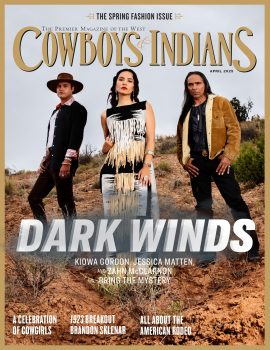If you are in Music City for CMA Fest, it’s an especially good time to take time for a visit.
Take it from me, a three-time visitor to Nashville’s Johnny Cash Museum: If you’re a devoted fan of The Man in Black, any day is a good day to attentively admire and just plain enjoy its bountiful collection of artifacts and memorabilia.
But if you’re in Music City for CMA Fest this week, you really owe it to yourself to carve out some time from your concertgoing for a pilgrimage to this remarkable venue, which is authorized by the Johnny Cash Estate.
Consider: Ranked the No. 1 Music Museum in the world by Forbes, Condé Nast and National Geographic Traveler, and voted the Best Music Museum in America three years in a row (2023-2025) by USA Today/10 Best Readers’ Choice Travel Awards, the Johnny Cash Museum also is one of only six Nashville attractions to garner the coveted AAA Gem Rating.
To date, millions of visitors have marveled at its state-of-the-art exhibits, personal letters, stage costumes, guitars, handwritten lyrics, and contributions from family members and notable friends. Thanks to the miracle of digital photography, you can even have a souvenir picture taken of yourself with Cash.
But wait, there’s more: You can take your pick from scads of restaurants nearby, including Lainey Wilson’s Bell Bottoms Up Bar & Restaurant, a three-story eatery and entertainment site with a Cajun-inspired menu, just across the street; the vibrant honky-tonk Robert’s Western World, a short stroll away on Broadway, where I highly recommend the Recession Special (i.e., fried bologna sandwich, chips, Moon Pie, and a cold PBR); and, downstairs from the museum, House of Cards, a très élégant (and yes, more than a tad pricey) location where you can savor fine food, peruse an impressive wine list, and be dazzled by free magic shows by mentalists and sleight-of-hand artists.
A few months ago, we spoke with Angela Daeger, senior executive vice-president of Icon Entertainment, which owns and operates the Johnny Cash Museum. Here are some highlights from our conversation, edited for brevity and clarity.
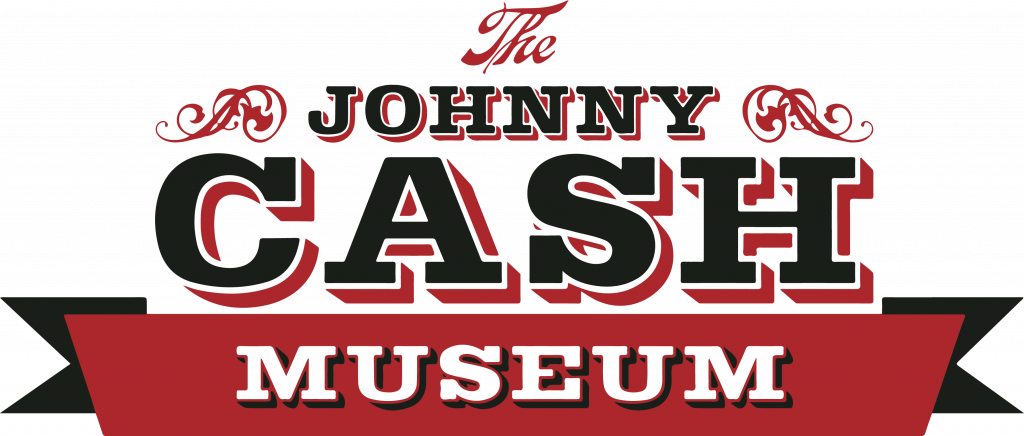
Cowboys & Indians: Have you noticed an uptick in attendance lately? Because it seems like there’s a new generation discovering — or rediscovering — Johnny Cash.
Angela Daeger: Honestly, it's been consistent since we opened our doors, which is a great thing. Johnny’s been gone over 21 years now, and the museum has been open for 12. The fact that so many people still come through every day is a testament to him and how he relates to people. We have older folks with wonderful stories about meeting him, going to his shows, and how kind he was. And then their grandkids come in — 3-year-olds even — putting on headphones and singing along. It's amazing to see all walks of life inspired by Johnny.
C&I: One of the things that struck me on my first visit was seeing memorabilia from his early film work. I actually once complimented him on his scary performance in Door-to-Door Maniac, and he looked stricken! He said, “Oh Lord, I hoped everybody’d forgotten about that one.”
Daeger: That’s hilarious! We have the posters for both Door-to-Door Maniac and its earlier title, Five Minutes to Kill. It's great that you noticed that.
C&I: And the way the museum builds to the “Hurt” video at the exit — it’s incredibly powerful. How did you decide on the layout and sequence of the exhibits?
Daeger: That was all [museum founders] Bill Miller and his wife, Shannon. Bill didn’t want to focus on Johnny’s death. You won’t see “September 12, 2003” mentioned anywhere. Instead, we place flowers on that date each year in remembrance. But the idea was that Johnny’s spirit lives on, and “Hurt” sums up his life and career perfectly — no one could’ve done it better.
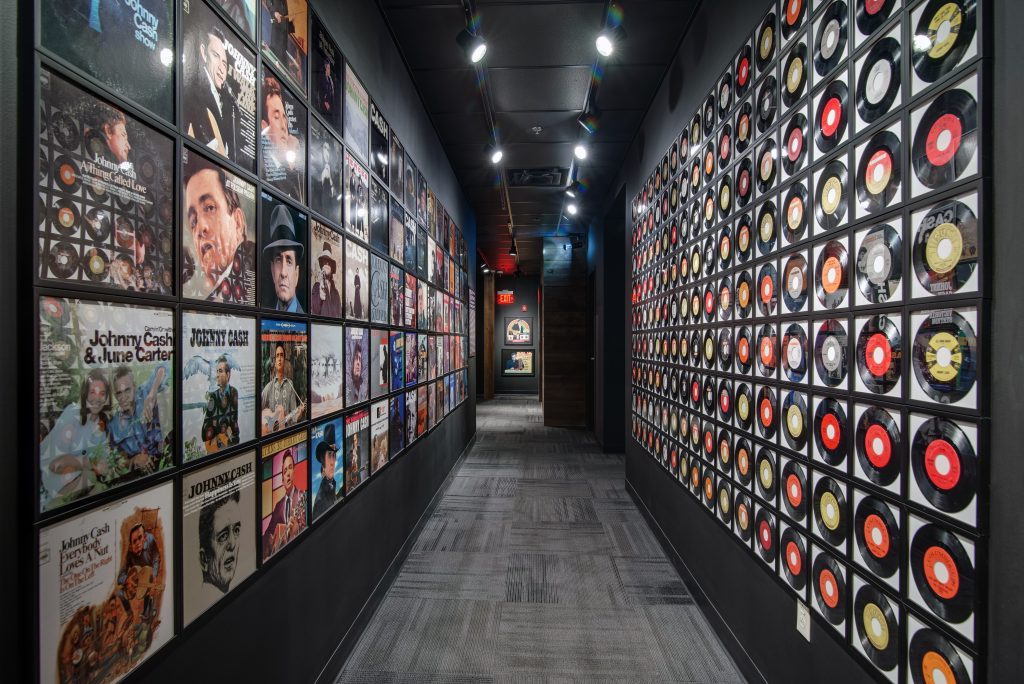
C&I: How did the museum itself come to be?
Daeger: Bill was a close friend of Johnny’s for about 30 years. What you see in the museum — probably 95 percent — came from his personal collection. He and Shannon had it all in their California home, tucked away in closets and under beds. They realized it needed to be shared. Fans kept asking, “Where can we go in Nashville to honor Johnny?” His house had burned down, and there wasn’t much else. So they moved to Nashville and opened the museum — and here we are, 12 years later.
C&I: Johnny Cash continues to have this unique, cross-generational appeal.
Daeger: Absolutely. We see it every day — visitors of all ages and from all over the world. Johnny resonates with everyone: rap fans, devout Christians, country lovers. He felt approachable, real. Even people who never met him relate to him in some way.
C&I: He also connected with Native American causes.
Daeger: Yes, he was always for the underdog. One of my favorite things we showcase is the Billboard ad he took out — “Where Are Your Guts?” — calling out the industry for not playing his Native American-themed music. That was Johnny.
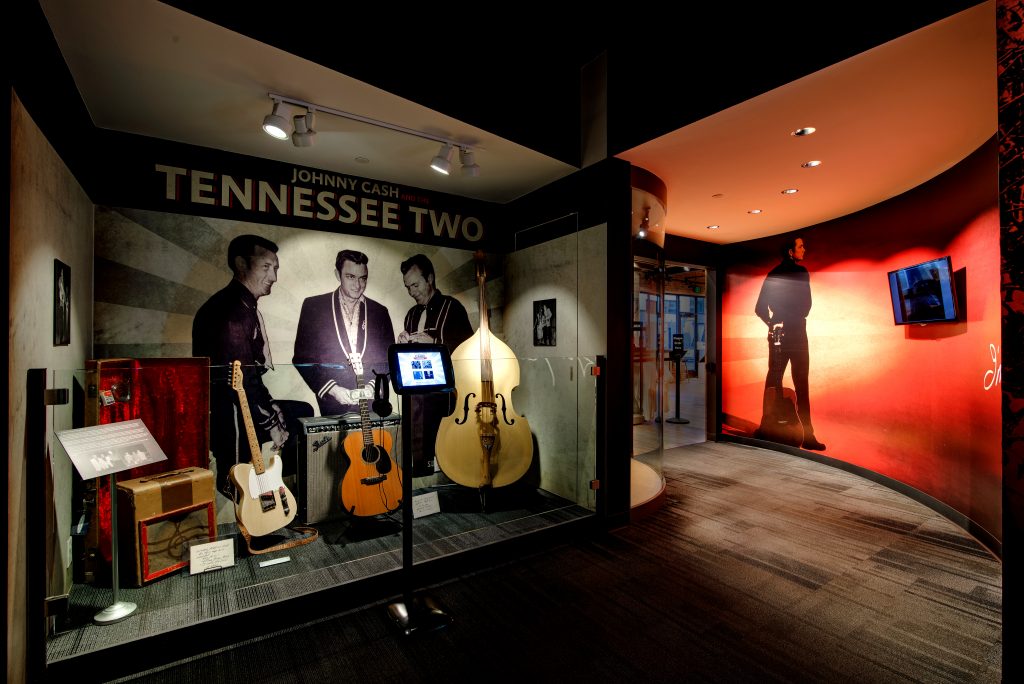
C&I: What about The Johnny Cash Show? It brought so many genres together. He even had Bob Dylan on for the series premiere.
Daeger: He was the first to do things like that. Ray Charles sang “Ring of Fire” on there! He was known as a country artist, but he crossed genres constantly. “Hurt” was a rock cover. He introduced people to gospel, Americana — you name it.
C&I: And “Hurt” became his song.
Daeger: It did. Even [Nine Inch Nails singer-songwriter] Trent Reznor said, “That’s his song now.”
C&I: What are some of your favorite lesser-known sides of Johnny?
Daeger: People think of him as dark and mysterious, but he had a playful side. We have a drawing he did called “Skinny Mouse” — just something silly. One fan even wanted a tattoo of it! He had a great sense of humor.
C&I: He was also a pop culture fixture. His voice cut across genres and formats.
Daeger: Definitely. One of our exhibits, “Cash Covered,” shows all the artists who’ve covered his songs — Miley Cyrus, Dean Martin, even Snoop Dogg. Not just Merle Haggard or other country stars. It’s everyone.
C&I: I’ve reviewed a lot of Cash documentaries for Variety. And with each one, I learn something new about him.
Daeger: He had many layers. He was wild in the ’60s — he even burned down part of a national forest and had to pay to rebuild it! But he had deep convictions, too. That mix is what makes him so compelling.
C&I: What are some of the memorable or funny experiences you’ve had at the museum?
Daeger: We’ve had proposals in front of the Johnny and [June Carter Cash] marriage certificate. Once, someone even tried to leave a loved one’s ashes here! That speaks to how much people care about Johnny.
C&I: AAA and other organizations have named the museum one of the best of its kind in America. How did that feel?
Daeger: We were honored. It's wonderful to see the hard work recognized and to know people truly value the experience we offer.
C&I: Do you rotate the exhibits often?
Daeger: The main exhibit — shaped like a horseshoe — stays consistent to tell Johnny’s life story. But the interactive space changes regularly. We’ve got some new interactive features in the works that I’m really excited about.
C&I: Okay, what are your top three or four Johnny Cash songs?
Daeger: That’s impossible! But I’ll try. “Ghost Riders,” “Big River,” “Rusty Cage”— such a great comeback moment — and “Any Old Wind That Blows,” which is so different. I’ve always loved him. My grandparents listened to him. “Walk the Line” came out when I was in high school, and I became obsessed with his story and music. I even asked for his full New Testament recording one Christmas!
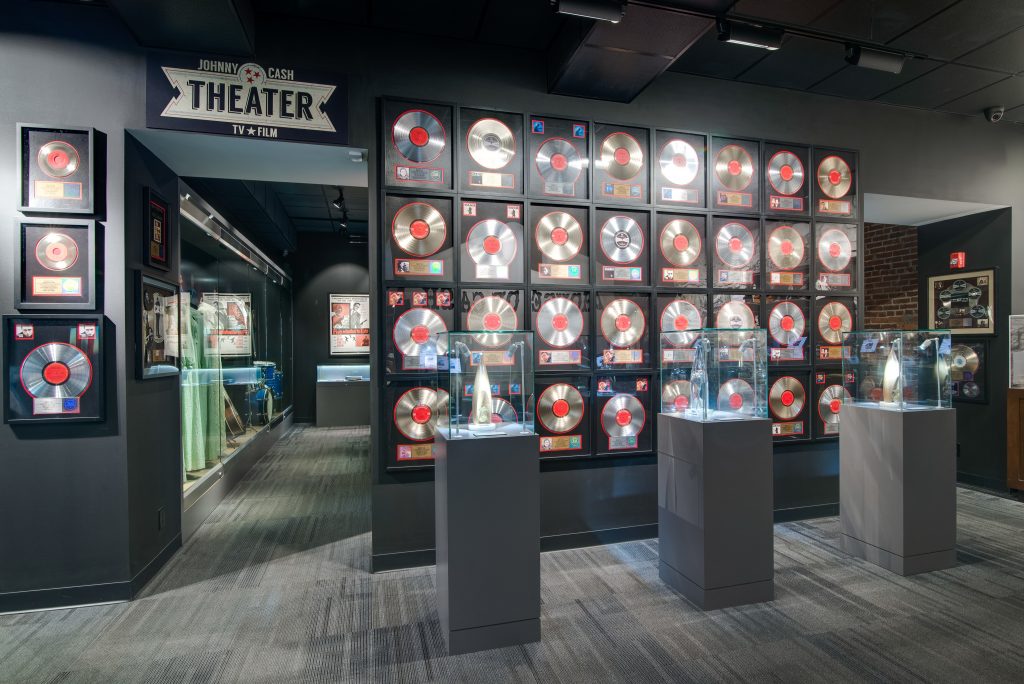
C&I: What about his film and TV work?
Daeger: The Pride of Jesse Hallam is a favorite — such a sweet story. I also love the Little House on the Prairie episode with June. My 3-year-old already knows who Johnny Cash is. That’s a must in our house.
C&I: And Door-to-Door Maniac?
Daeger: Oh, yes! His son told us Ron Howard was scared of Johnny after that film. And now it’s been restored in 4K!
C&I: Finally, are there people who come here who are surprised to find out that Johnny Cash is no longer with us? Because it never registered with them that, even though he seems to still be such a prominent figure in the pop culture, he passed away in 2003?
Daeger: I have had that happen once or twice. The majority of people are aware. But I have once or twice had people be like, “Well, what is Johnny doing now?” And I’ve answered: “Well ... singing with the Angel Choir. That’s what he’s doing now."
C&I: Yes. And we hope he’s enjoying himself looking down at us remembering him.
Daeger: Yes. Exactly. And that's a big thing too, because Bill did this to honor him, and we hope that that’s something that he would respect. I think the reason the Johnny Cash Museum resonates with people the way it does is because it is from one friend honoring another. And you feel that authenticity when you're touring through. Johnny’s family has come through and said that they feel like they feel Johnny’s presence here, and that he would support it. And we’re thankful to have their support behind what we do.













